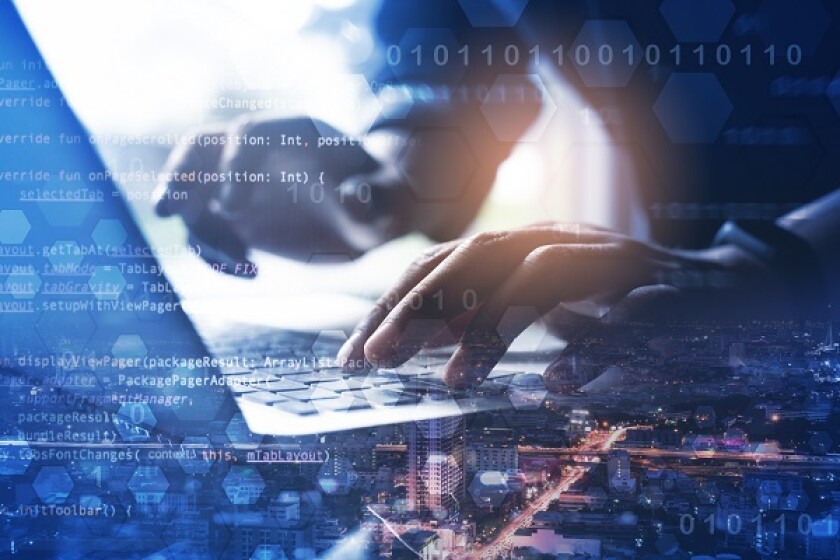Software and patents have always had a difficult relationship. Around the world, different rules in different jurisdictions create uncertainty for innovators wanting to know if their key innovations can be secured or whether the market is a free-for-all against competitors.
The state of play in Australia
"Computer implemented inventions" have certainly had a turbulent last decade in Australia. Before then it was fairly clear cut: computers running software were a technical thing and were therefore suitable for patent protection. Consequently, the only question worth asking at that point in time, was whether the combination was new and inventive (the traditional and common requirements of patent law everywhere).
As it happens, the software-patent utopia was destined to come crashing down. Court decisions beginning in 2013 began limiting the ability for applicants to obtain software patents. No longer could novel software ideas simply be saved on a computer in the hope they would pass muster; "more" was needed. Today, the burning question tends to be what is this "more" and how do we identify it?
Given the variation of opinion on this question between stakeholders (applicants, attorneys and IP Australia), the humble software innovator might have doubts that the risk and cost associated with filing a patent application is even worthwhile. Will the application be considered for its substantive contribution; is it both novel and inventive?
Decoding the issue
Computers are technical devices which are very good at computing; that is, they can run algorithms to process data and produce outputs. A computer itself is exactly the sort of thing for which patent protection is available. However, the computing a computer does is defined by the code it has available to execute–the code (software) being a set of instructions, typically managing the processing of data.
The challenge developing over the last decade, relates to identifying when the "substance" of the innovation is merely a scheme (such as a business idea) implemented by the software as opposed to an improved functionality, meaning the computer is doing something it did not do before. This conundrum is difficult to answer. Australia's courts are still being asked to weigh-in, as patent applicants try to determine where the line really is.
Case in point
One of today's hot topics, is the use of machine learning and artificial intelligence to process large volumes of potentially "noisy" data. These techniques can be used to identify common elements in a series of images, determine trends in disparate non-analytical data, predict future events, and much more. Machine learning helpfully provides examples of patentable and non-patentable developments.
Machine learning algorithms themselves are typically the sort of thing that can be patented. If you make an improvement to the way a machine learning algorithm works (or, in fact, develop an entirely new algorithm), then you have likely made a technical development. The computer running your new algorithm has been improved irrespective of how you plan to use the algorithm.
In contrast, a new development that uses an existing machine learning algorithm (potentially with minor tweaks) to process data that may not have previously had machine learning applied to it, is much less likely to be patentable. Why? Because in this example, according to some interpretations of the law, no development has been made to the actual processing algorithm; the innovation is defined by the data being processed. The computer itself has not been improved, irrespective of how commercially important the innovation might be.
Of course there are many shades of grey between these two extremes. For example, what if a known machine learning algorithm was used to make a physical device operate more efficiently? In this case, you have a physical effect in the physical device which shows a technical development. If applying the algorithm to the device wasn't obvious, patent protection may be possible.
Summary
There is no denying the risks associated with pursuing software patent protection, yet today's laws may not reflect the state of the law in a few years' time. Our recommendation to innovators is to seek advice (early and often). Every case is unique and specific, and whether patent protection is desired or not, understanding the nature of your innovations will only help strengthen your business and research and development strategies into the future.











